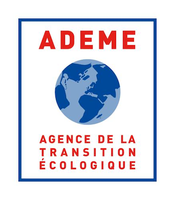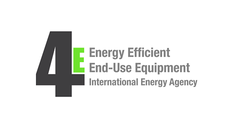Search eceee proceedings
Investigating In-Route Energy Consumption Profiles of battery-electric buses using open-source transportation simulation
Panel: 6. Energy-efficient and low-carbon mobility for all
This is a peer-reviewed paper.
Authors:
David Wallom, University of Oxford, United Kingdom
Sabrina Gao, University of Oxford, United Kingdom
Abstract
IIn the context of ambitious net-zero targets and decarbonisation of transport, bus fleet electrification has emerged as a likely significant transformation. This study proposes a multi-step model for investigating the effect of route structure on electric buses' energy consumption. Initial bus fleets were selected based on the route demand and characteristics, using a Multi-Criteria Decision Matrix. Energy consumption modelling of buses was differentiated into auxiliary and powertrain components to consider select operational characteristics. Travel flow analysis was conducted using the Simulation of Urban Mobility (SUMO) software through importing transport networks, defining bus stop locations and routes. A case study of Oxfordshire's existing bus system was conducted given worst-case seasonal temperatures including optimized electric bus selection for five selected routes, and a flow simulation to determine the energy consumption patterns of different route types.
Powertrain modelling showed strong monotonic relationships between route length and propulsion energy consumption, ranging from 19.1 kWh to 105 kWh for the shortest and longest routes respectively. Higher levels of congestion, proxied through average inter-stop speeds, correlated with lower instantaneous energy increases. Overall, auxiliary systems constituted a maximum of 11 % of total energy consumption across all routes simulated. Auxiliary system modelling also showed that total energy consumption and the proportion spent on auxiliary services were only weakly influenced by route length; instead, stronger correlations were observed with the total number of stops, due to a significant impact on door opening times. Future work could investigate the optimised location of depot and in-route charging infrastructure to best support electric bus fleets considering additional constraints of grid congestion. These findings contribute to research on the infrastructural needs of a zero-carbon bus fleet by providing local authorities with a high-level understanding of e-bus energy demands across the region.
Downloads
Download this presentation as pdf: 6-009-22_Wallom_pres.pdf
Download this paper as pdf: 6-009-22_Wallom.pdf
Panels of
1. Dynamics of consumption: less is more?
2. Efficiency and beyond: innovative energy demand policies
3. Policy, finance and governance
4. Monitoring and evaluation for a wise, just and inclusive transition
5. Towards sustainable and resilient communities
6. Energy-efficient and low-carbon mobility for all
7. Policies and programmes for better buildings
8. Innovations in products, systems and building technologies



























